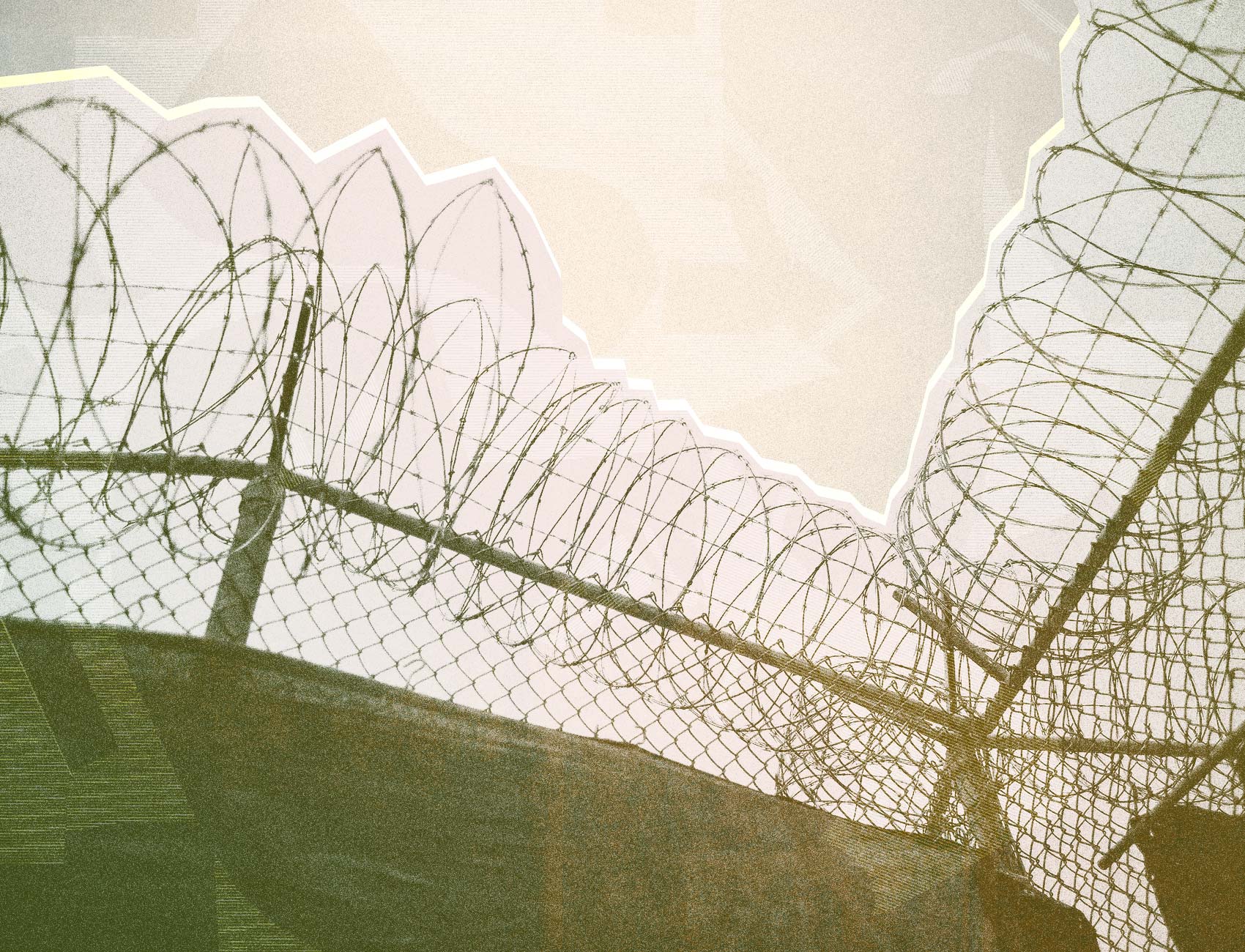Less Than Half a Percent of Pennsylvania Prisoners Have Been Granted Emergency Release During the Pandemic
Advocates had hoped Governor Tom Wolf would use his executive reprieve power to release thousands of people from prisons in the face of COVID-19.

An emergency clemency program in Pennsylvania meant to thin prison populations and mitigate the spread of COVID-19 has resulted in the release of far fewer people from prison than advocates had hoped.
The program, created in April through an executive order signed by Governor Tom Wolf, offers people who are close to meeting their minimum prison sentence a reprieve, or temporary suspension of their criminal sentence. Advocates had called on Wolf to use his reprieve power to heavily depopulate the prison system in the face of the pandemic.
The Department of Corrections, in preparation for Wolf’s order, sent about 1,200 names on April 8 to district attorneys to be considered for a reprieve. A press release issued two days later, officially announcing the program, said between 1,500 and 1,800 people would qualify.
But as of May 28, Wolf had only signed off on 153 reprieves, and only 140 people had been released from prison as part of the program. This equates to less than 10 percent of the original estimate of eligible people and less than 0.4 percent of the overall state prison population.
“This is shameful. This is either a sign of complete incompetence, indifference, or both,” Rachel Barkow, vice dean and professor of law at the Center on the Administration of Criminal Law at NYU School of Law, told The Appeal. “This should be a top priority for public health, and to fall so far short of the estimated number—which was already relatively low—demands answers.”
Barkow noted that Kentucky Governor Andy Beshear, a Democrat, and Oklahoma Governor Kevin Stitt, a Republican, have released substantially more people from prison using their clemency powers than Wolf, a Democrat, has in Pennsylvania.
“This isn’t—or shouldn’t be—about someone’s political affiliation,” she said. “It should be about saving as many lives as possible.”
Only two prisons saw their populations drop by more than 1 percent as a result of the reprieves Wolf issued. Nine people, less than 0.3 percent of the population at State Correctional Institution Phoenix in Montgomery County, where three incarcerated people and one staff member have died from COVID-19, were released. Only one person was released from State Correctional Institution Huntingdon in Huntingdon County, where three incarcerated people have died during the largest COVID-19 outbreak in the prison system.
More than half of the people who received reprieves were convicted of drug offenses, more than 25 percent were convicted of theft, and about 11 percent were convicted of driving under the influence. The governor’s program excludes anyone convicted of violent crimes or crimes with a victim registered with the state Office of Victim Advocate.
Only six people who were given reprieves were 60 years old or older, an age group that is considered to be most at risk of serious harm or death from COVID-19. Roughly half of those who received a reprieve were white and less than 35 percent were Black, despite accounting for 46 percent of the prison population. Eighty percent were men.
The reprieve orders are set to end when the current state emergency disaster declaration is terminated. The current declaration is set to expire on June 5 but can be extended by Wolf.
Once the reprieves end, the people who were released, who are currently being supervised under house arrest or held in a halfway house, are required to return to prison to continue serving their sentences.
Lawyers have argued that state officials across the country should use reprieves or other clemency powers to empty jails and prisons to combat the spread of COVID-19. In a survey they are periodically updating, Barkow and Ben Notterman, a civil rights attorney with the Law Office of Zachary Margulis-Ohnuma, have documented the executive actions governors across the country have taken to reduce prison populations.
Notterman told The Appeal that reprieves are needed because they are the most immediate way the government can act to depopulate prisons.
“Courts can only do so much without legislative authorization, and choose to do less because of institutional and political concerns,” he said. “Legislatures struggle to do anything, even in normal times. That leaves the executive branch to deploy tools like the reprieve power to release incarcerated people before they needlessly die behind bars.”
Since late February, the state prison population has fallen by more than 2,500 people. However, reprieves played a very limited role in that reduction. The reduction appears to be largely caused by fewer people being transferred into prisons.
With courts largely shut down across Pennsylvania, nearly 2,000 fewer people were sentenced to state prison between March 15 and May 20 of this year compared to last year, according to the Department of Corrections. The Pennsylvania Supreme Court announced it would lift its statewide judicial emergency declaration on Monday, allowing local courts to reopen if they wanted to.
During a press call on May 22, Department of Corrections Secretary John Wetzel said the DOC was still referring some people to Wolf for reprieves. He said the department would decide within the next two weeks if it would add more eligible people to its list for a possible reprieve.
“That’s a definite maybe,” Wetzel said.
